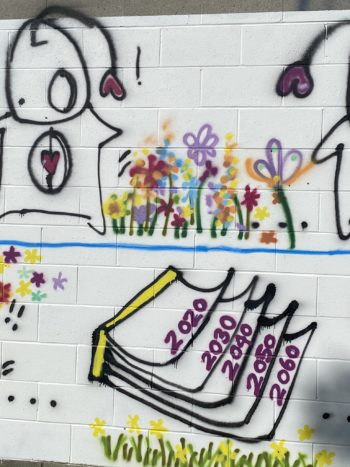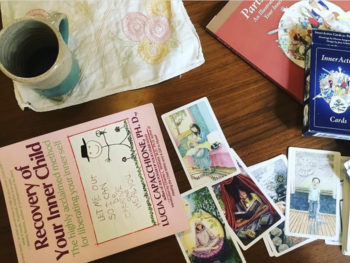I am writing this from my bed on my birthday. Another turn around the sun. I am officially in my mid-forties now, as well as mid-life. I am in the ripening stage of life, a deep womanhood of the mastering and maturing phase. While I, like many of you, have had to make adjustments to celebrate my special day, i am still holding true to some rituals. Like a journal entry of my year in reflection.
What a year it has been.
What started off as a hopeful, new decade surprised us all with the hardest year most of us have had to face. Like you, i have experienced the collective trauma of living in a pandemic. I had to pivot, make changes, let go of wishes, grieve, and also relish in the everyday joys of life as it continued forward.
Looking back on my year, my word of choice is not as ironic as i thought it was once a few months ago. In December of last year, i sat down and worked on some key words to help hold and guide me in 2020. Now, RHYTHM seems to have been the perfect word because it ultimately gave me strength, balance, and pause each step of the way.
One place i look for rhythm is in the trifecta of embodiment – mind body soul. I sat with each of these and reflected on how rhythm showed in my life, even during this trying year. I was surprised how i was still able to practice it, as well as grace, joy, connection and integrity.
Mind
I gravitate towards books for balance. I read nightly before bed, even if it’s just a few pages. This time for my brain to slow down and unwind is a ritual that i’ve practiced since my early years as a child. This year alone, i think i have read more books during the 9 months of the pandemic than most years in total.
Here are some books that have really stood out for me:
*Strange Situation by Bethany Saltman
*My Grandmother’s Hands by Resmaa Menakem
*Untamed by Glennon Doyle
*To Have and to Hold: Motherhood Marriage, and the Modern Dilemma by Molly Millwood
*Rupi Kaur’s new book of poetry, Home Body
I also have taken courses this year, both for work as well as my own personal learning. As a student of the world, and as a therapist who believes that we should always be learning and unlearning, i have found a balance with when to be a student and when to be the leader. I spoke a bit about a course i took in my last journal article. I am now looking at the year ahead, and how i can step more firmly into my role as a leader. I have been so honoured to share some of my work both with people i support, as well as other community leaders and programs. This balance also helps me find a nice rhythm.
One course i took more for my Self rather than my Therapist Worker Part was Lisa Olivera’s Cultivate You Course. She put together this gentle and transformational collection of reflections. I love how she focuses on Wonder and Awe to help us cultivate our truest and fullest Self. I have found ways to incorporate her short videos and journal prompts into my week, and am so grateful for the rhythm and peace it gives me.
Lastly, in regards to my mind, i have made a huge change in my work life. It was the ultimate decision to find a rhythm in my life: i left my job at an agency that i worked at for 15 years in order to devote more of my time and energy to my private practice. Actually, it was to re-align my time and energy to me. What it also did was give me so much better access to rhythm. In retrospect, it was just what i needed to slow down the impact of burn-out. After leaving in July, these last few months have shown me that i am no longer being pushed to my limits, and there is more peace in my body. While the pandemic had a lot to do with my decision, it was something i was contemplating for some time.
I’m so lucky to have always been doing what I love, both in work as well as my creativity.
Body
In reference to my body, i have been turning inward and noticing more what my subtle body sensations are hinting at. I have been able to honour the need to scream, to dance, to sway, to eat, to rest, to cry, to shake, and to play. These are embodied practices of rhythm.
I have heard from many that our bodies have become activated by the pandemic. Being stuck at home created restlessness, re-traumatization for some of us who have a history of trauma due to abuse, as well as new experiences of anxiety and fear.
I mentioned some courses and programs i participated in already. Two of them were body-based courses on healing trauma. Jane Clapp’s Movement for Trauma Level 1 was a helpful program of integrating various types of movement exercises alongside trauma therapy theory. As Jane is diving deeper in Jungian work, this really aligns with my own studies of Parts Work and archetypes.
To say i’m a fan of Kimberly Ann Johnson’s body of work is putting it mildly. I took 2 courses with her this year alone; one on somatic parenting and one called Jaguar in the Emergent World. She intentionally combines the pivotal work of Somatic Experiencing with Feminine Spirituality and breathe work. That is totally my jam. Her honest and direct method of sharing profoundly helpful info about the human body and nervous system is integral in my own life and work.
One way i’ve reconnected with my body is the daily small rituals and pauses i’ve been giving myself. They in fact have been the salve for the rhythm my physical body has needed this year.
Here are some body-based takeaways i am grateful for this year:
*Learning to get on a scooter and take it for a spin – my Inner Child was so excited and my adult self was proud, though a part of me (unnecessarily) worried about ripping my new jumper
*Dance parties with my kids and online with you – an ecstatic, intuitive and vulnerable sharing
*Baths at 7pm just because i want one, not because i need a quick shower to start my day
*Ordering out take-out from favourite restaurants, and often
*Walks in nature, monthly visits to the water – it took me several weeks or even months to notice that my body needed to get away from my home and alleyway to help me regulate. I re-discovered my love of sway dancing in water.
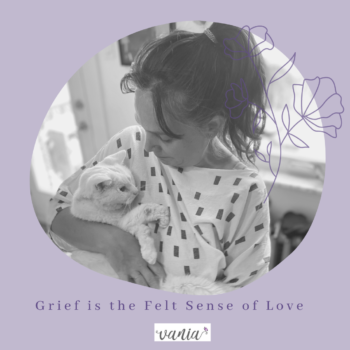
Soul
A big part of my soul work is getting into nature, especially water. So each month, we travelled to the cottage, we swam in the water when we could, and we walked along the rivers and lake at home.
My beloved cat died earlier in December. Over 17 years ago, finding him and bringing him home turned my life with my new partner into a family. I was never a cat person before and he gifted me with so much over these years. My grief for him is painfully raw and i’m allowing myself to honour it. It is no coincidence that i took a course called Shadow Work with Amy Wright Glenn – i finished it mere weeks before his death. I spent 2 months reading about grief, loss, and how to hold space for others. In effect, i was able to ride the grief waves more fully and presently. This is Soul Work for me – to feel grief means i have loved.
While my Soul work is a private ritual, I have a strong need for community and connection. As i delved deeper into understanding how old insecure patterns of attachment can be healed for adults, i realized that my own internal rhythm needs more contact with people. I don’t necessarily need touch (though i do miss hugs), what i need is co-regulation by making eye contact and laughing together. This for me is a spiritual need as it’s deeper than just my body feeling regulated.
Resmaa Menakem calls the Vagus Nerve the Soul Nerve, so as our vagus nerve is connected to our social engagement system, this really speaks to me. We are social creatures and need community, not isolation, to survive. No wonder so many of us struggled with loneliness, overwhelm and dysregulated bodies this year. The vagus nerve is what gives our mind body soul a connection to each other.
So i started a few things in order to get this need met:
*I got onto social media – a)I started a Facebook group with and for friends, to support each other during the pandemic and b)i made the vulnerable leap to make my Instagram page public and have been rewarded with new connections because of this shift c)I started writing more regularly and launched a monthly newsletter
*I came to the cottage of my childhood every month, sometimes for a week or a few days. This gave me a pause from the city and a way to get back in rhythm via nature and the water
*I re-aligned my focus on my rituals – regular tarot card pulls, journal reflections and breathe work intentions
*Creativity exercises that help me pause, slow down, and be present
*I created a rhythm for my moon reflections and guides. While this practice continues to evolve and find solid footing, this past year, my moon rituals have been such an anchor
Like many, early in the pandemic i struggled with things to do to keep me busy. I bought puzzles, i read, and i played in my alleyway. I also made some updates to my home – it is a sanctuary after all. I was slowly cracking open, having my own felt sense of grief, fear and uncertainty. I was struggling with going to sleep for the first time in my life. And my window of tolerance/capacity/presence was shrunken to a tiny spiral that was so fragile.
I had to do something about it.
Along the way, i noticed a shift in me: Early on, i struggled with overwhelm and a loud inner critic. After taking stock, i realized that i was being hard on myself and kept minimizing the toll of the pandemic on me as a human. My Therapist Part maybe knew what to do, but the imperfect Human has every right to be sad. And then i noticed that we are NOT meant to be productive during a pandemic. We are meant to REST and slow down, to turn inward and find balance in our bodies. We need to find ways to anchor ourselves when life is messy and uncertain
So i gave myself permission to fail, and permission to be more patient. I reflected a lot on my family members’ very different ways of coping, being seen, and having needs. I noticed what triggered me, and while some if it was out of my control, i learned how to start noticing the triggers in my body and how to tend to them. I am still a work in progress and i am so much more regulated, aware, and tender with myself now. This has got me to a better place in December than i was in April.
I am all the better for it!
Goodbye 2020, onwards and upwards we R I S E …
((stay tuned for my annual Core Anchor Words that will guide me into 2021))

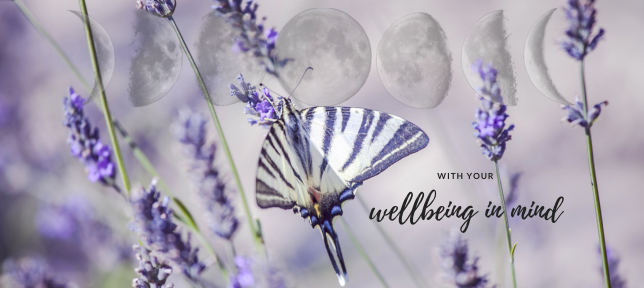
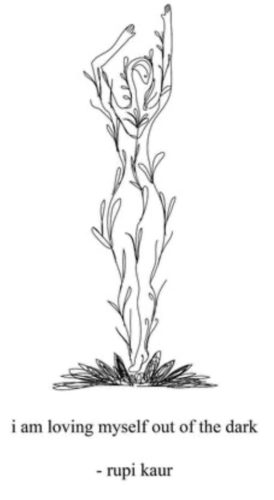
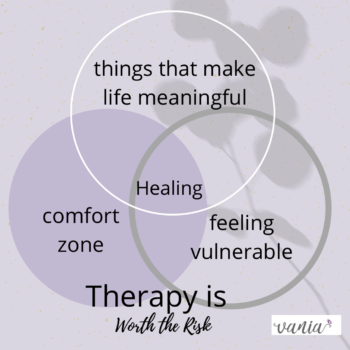
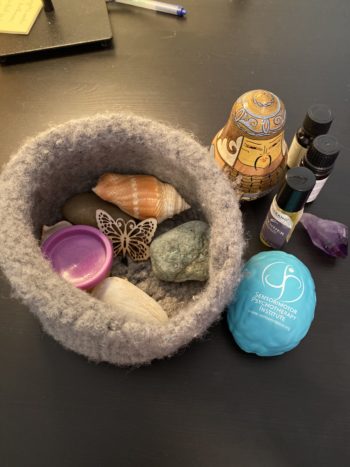
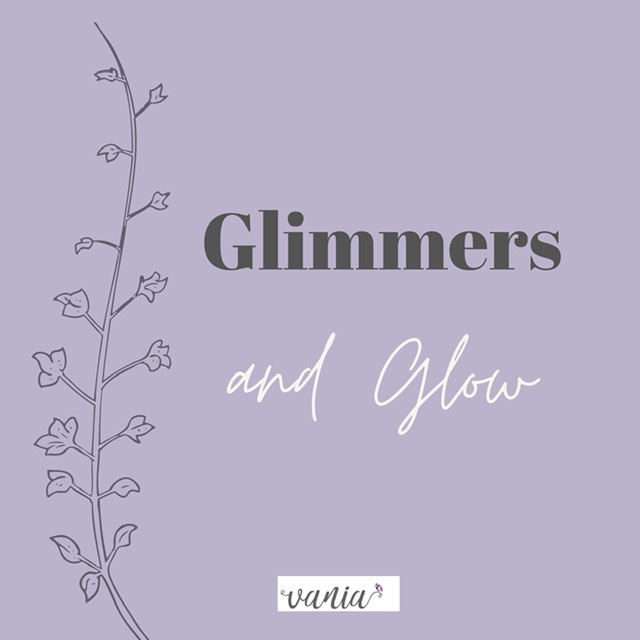 One amazing aspect of our body is the energy it exudes, so we become more intentional or in control of our thoughts. Our body has an
One amazing aspect of our body is the energy it exudes, so we become more intentional or in control of our thoughts. Our body has an 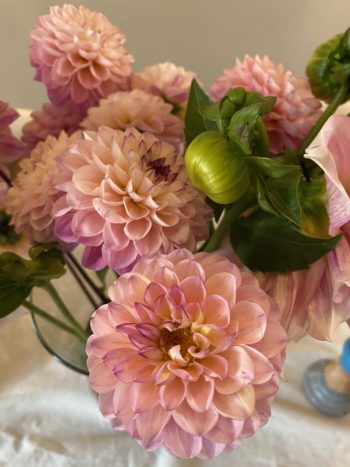
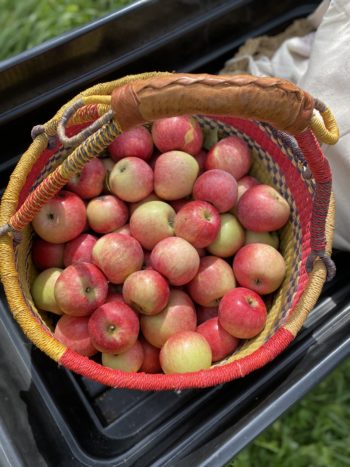
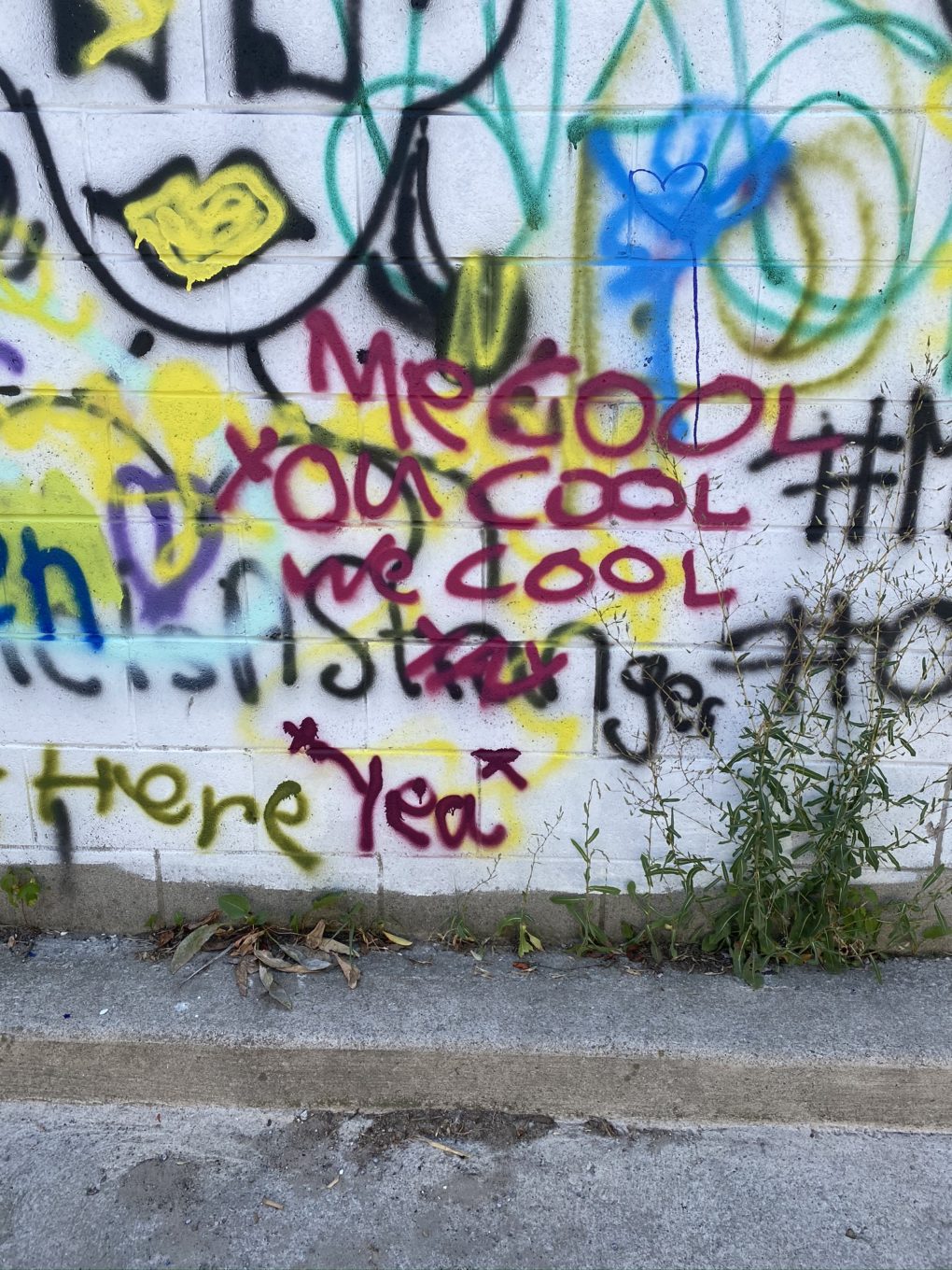 My kids have been wanting to paint the walls. And not just figuratively, which they surely have been doing during this pandemic. They have been admiring the graffiti and street art in our city, and need to look no further than our own alleyway. Some artwork merits a smile and blush, others are thought-provoking, and some are eye-rolling.
My kids have been wanting to paint the walls. And not just figuratively, which they surely have been doing during this pandemic. They have been admiring the graffiti and street art in our city, and need to look no further than our own alleyway. Some artwork merits a smile and blush, others are thought-provoking, and some are eye-rolling. 